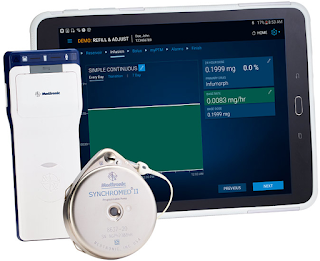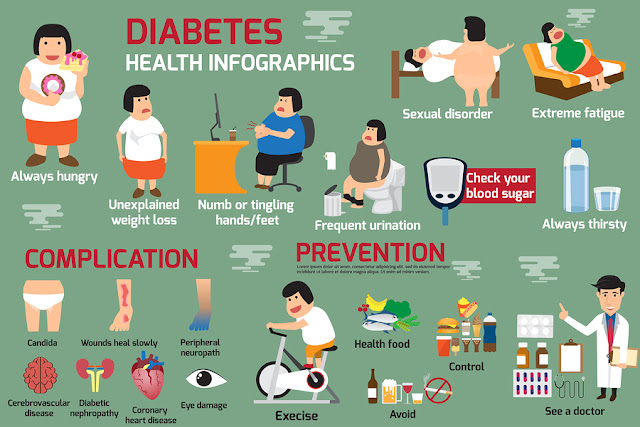ROBOTIC SURGERY
New Delhi: With a surge in gynaecological issues, robotic surgery done through a minimally invasive method can offer women a better outcome to various problems — from fibroids to cancer than traditional methods, experts suggest.
Any kind of open surgery gives rise to many post-operative complications like pain, blood loss and, often, due to poor visualisation, the outcome is not as optimal as desired. But when treated with robotics, “it allows for better control and reduces complications”.
Robotic surgery does away with the need to cut and open-up a patient’s body.
Robotic surgery is mostly used to perform surgery for endometrial and cervical cancer, which includes complex procedures like radical hysterectomy (removal of cancerous uterus, cervix) and pelvic and para-aortic lymphadenectomy,” explained Sudhir Rawal, Director (Surgical Oncology Chief) at the Rajiv Gandhi Cancer Institute & Research Centre, New Delhi.
The surgery is best for getting under soft tissue to reach organs that otherwise require opening up, involve long and painful recovery periods and leave behind ugly scars.
It can be used in both benign and malignant gynaecological conditions such as for patients with cancers of the cervix and vagina, as well as provides better patient outcomes. With minimal blood loss, patients recover quicker and get home faster.
New York: In a major breakthrough, surgeons at India-based Medanta Hospital and Michigan-based Henry Ford Hospital have successfully transplanted kidneys into 50 recipients using an innovative.robot-assisted procedure.
In this surgery, called 'Icy' technique, the organ is cooled with sterile ice during the operation.
The research advances minimally invasive robotic surgery as a safe alternative to traditional open surgery.
After three years of planning and simulated surgeries at Henry Ford, 50 consecutive transplant patients who had volunteered for the minimally invasive procedure underwent robotic kidney transplant at Medanta Hospital between January and October 2013.
In all, Medanta Hospital has performed 54 operations and International Kidney and Renal Diseases at Ahmedabad, India, has done 56 operations, for a total of 110 transplants in one year.
"None of the patients developed blood or urine leaks, infections or other complications from their surgical wounds. None required dialysis after surgery," informed Pranjal R. Modi from department of urology and transplantation surgery at Medanta.
Delhi Doctors Remove ‘Melon Sized’ Tumour. From Woman’s Throat Using Robotic Surgery
New Delhi: A hospital in Delhi has removed a 450 gram tumour, as big as a melon, from a woman’s throat through a minimally-invasive robotic surgery.The doctors said this was the first robotic surgery to remove such a large tumour in India
.The surgery, which took place last week, lasted an hour-and-a-half. Ms Golmei, who is recovering well, has been discharged from the hospital.She said, “I could hear a machine-like sound but did not feel a thing. I had heard this removal of the thymus gland tumour is a painful process but I only have a slight discomfort where there stitches are nothing major.”
Thymus gland lies in the chest just above the heart and behind the breastbone. Traditionally, surgeries for tumours of this gland meant cutting open the chest from the centre with a cut about 20 cm in size. A patient had to be hospitalised for about a week to 10 days. The recovery, which was often painful and could take between 2 to 3 months,said doctors.
First ever 'Da Vinci' robot open-heart surgery in UK London: Doctors have successfully carried out the first ever robotic open-heart operations in the UK .Doctors said the Da Vinci robot is remotely controlled by surgeons who are given a high definition view of the heart through a sophisticated camera.
Twenty-two-year old Natalie Jones from Stourbridge was the first patient to have the procedure, involving a hole in her heart repaired, at the New Cross Hospital in Wolverhampton.
Normal heart surgery involves cutting open the breast plate, but the robotic arms are inserted by making incision between the patient's ribs.
A surgeon is given a 3-D, high-definition view of the heart and can move the arms using a control panel. Each time they move their hand 3mm, the robot arm moves just 1mm.
"There is less pain and patients are able to return home to their normal activities far sooner," heart surgeon Stephen Billing said.
Jones had a 3.5cm (1.3inch) hole in her heart repaired during surgery which lasted nine hours.
"I was scared, but I chose the robot surgery because I didn't want to have a large scar and I liked the idea of being the first," she said.
UK is the third country in Europe after Sweden and Finland to perform open-heart surgery using robots, the report said.


Comments
Post a Comment